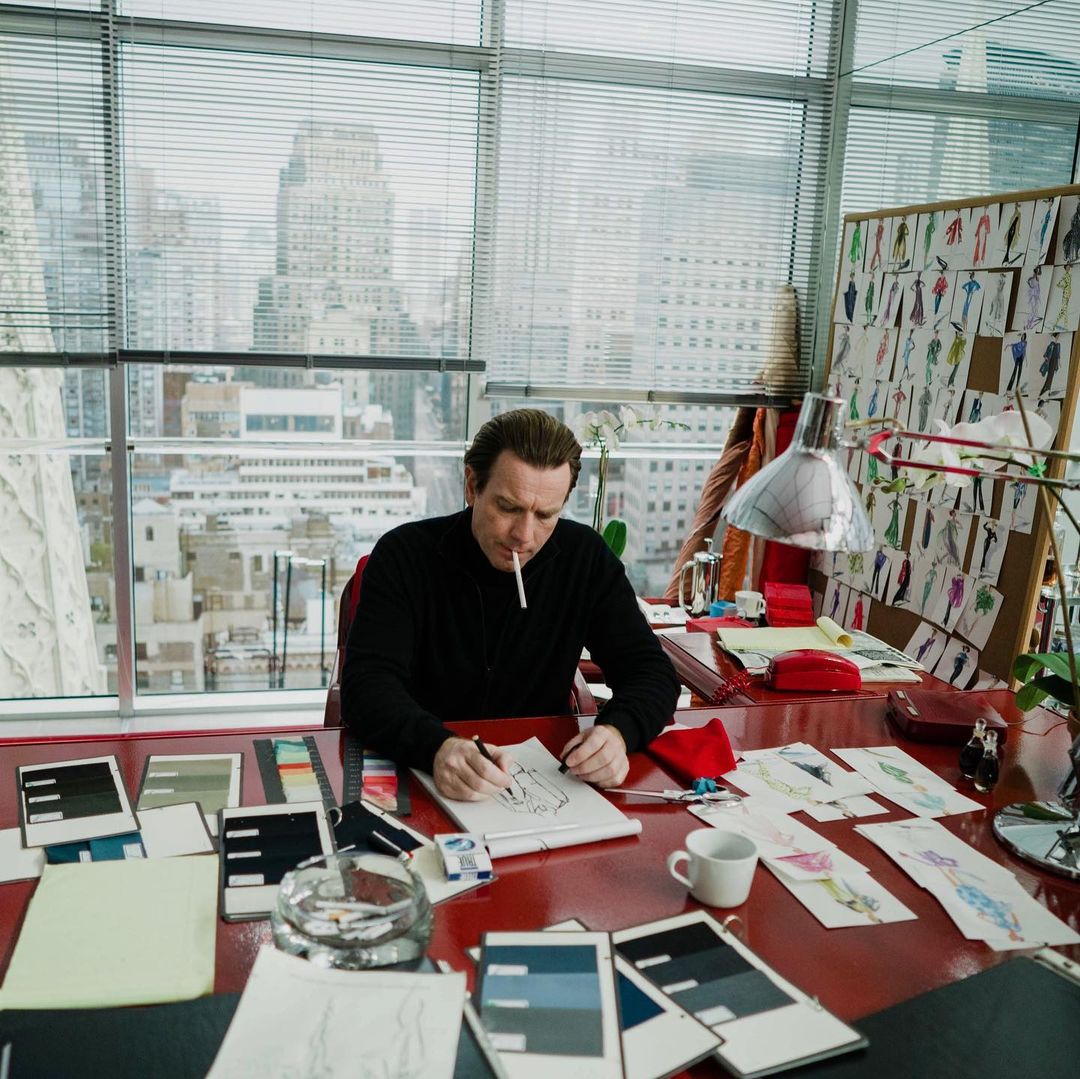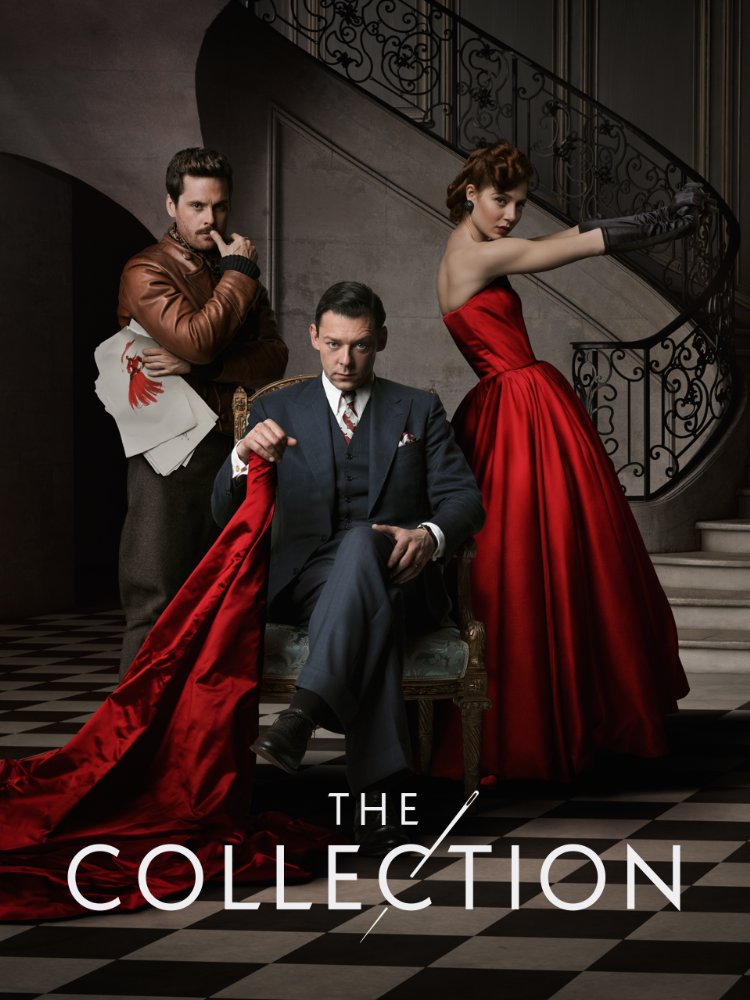
TV shows and fashion are inseparable, characters dressed to look relevant or in tune with their character development, whilst the audience emulate the styles shown on TV, from Friends to Euphoria’s wardrobe. But fashion-themed shows and series? It’s a desert out there. Now that we have done catching up with the reality shows, Next in Fashion Season 2 and rewatched all 19 seasons of Project Runway as we recover from a fashion TV shows withdrawal, here are what we are (re)watching next.
Halston (2021)
Based on the biography Simply Halston: The Untold Story by Steven Gaines, the Netflix’s show features the rise and fall of Roy Halston. Halston had a meteoric rise after Jackie Kennedy donned in the distinctive pillbox hat created by Halston at the Inauguration Day in 1961. Starring Ewan McGregor, the Ryan Murphy-produced miniseries is set in the Swinging 60s, a decade where fashion was non-conforming and highly influenced by Hollywood’s glitz, and the (in)famous Studio 54.
Through the eye of Halston, we get a peek at Halston’s inner circle. The glamorous cadre includes Liza Minelli, Eleanor Lambert, and Elsa Peretti, Oscar de la Renta, Anne Klein, and many more. Nonetheless, he struggled to keep up with the business side of fashion and eventually come to a downfall. The show has mixed reviews, questioning the accuracy of these events. Despite that, it’s a binge-worthy show that got us pondering on the million-dollar question: arts v commercials.
Made in Italy (2019)
Made in Italy follows the fictional character, Irene Mastrangelo (Greta Ferro) as she navigates through her life as a journalist at a fashion magazine, Appeal. Set in 1965 Milan, we see the blooming of Italian fashion in the 70s, from haute couture to prêt-à-porter. Renowned designers such as Giorgio Armani (Raoul Bova), Gianni Versace (Achille Marciano), Muccia Prada (Caterina Carpio), and more were credited. Via Mastrangelo’s eye, we witness how Milan became one of most fashionable cities in the world, and how “Made in Italy” became a coveted epitome of good quality.
The Collection (2016)

Throwback to a time when designers strived to put Paris back on the fashion map postwar. The Collection centera around a fictional fashion house, Paul Sabine. With Paul (Richard Coyle) as the face and his brother Calude (Tom Riley) as the creative mind, expect loads of tangled family drama. Soapy plot aside, this production is backed up loosely by fashion facts and real-life fashion events. Since the series is set in the 1947, it’s only reasonable to pay a tribute to the iconic Dior’s 1947 collection that define the decade, or else known as the “New Look”. Instead of the exact dress or a replica, costume designer Chattoune, recreated about 40 costumes that represent the decade perfectly.
The Bold Type (2017)
Inspired by the story of the former editor-in-chief of Cosmopolitan Joanne Cole, the series evolves around a trio of young women. Jane Sloan (Katie Stevens), Kat Edison (Aisha Dee) and Sutton Brady (Meghann Fahy), work for Scarlet, a fictional women’s magazine. Unlike the aforementioned shows, The Bold Type is not entirely fashion-focused but inclined towards how womens balance between their professional and private lives. Female solidarity and camaraderie helped them in finding their own voices in the New York City. Our favourite scene? The trio hiding in the fashion stock room, dress up and drink champagne.
Mr. Selfridge (2013)
We have the POVs of fashion designers, fashion writers and of course, we can’t forget the department store. Ultimately, this is where fashion reach the consumers, fashion conscious or not. Mr. Selfridge is a small-screen adaptation of Lindy Woodhead’s book, Shopping, Seduction & Mr Selfridge. The series gets a biopic treatment that centered around Harry Gordon Selfridge. If the name rings a bell, that’s because he founded Selfridges & Co., a shopping mecca built in the 1908. You don’t have to be familiar with retail to watch, it’s a lighthearted “sit back and enjoy” series to binge on. It’s a sip your cuppa and eat crumpets Downtown Abbey, minus the unforeseen sudden death.
